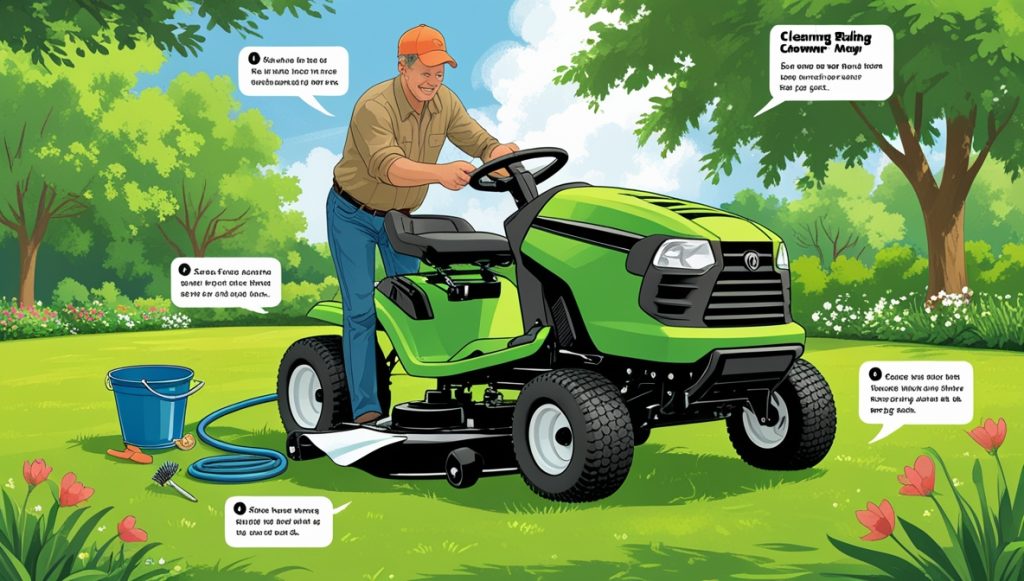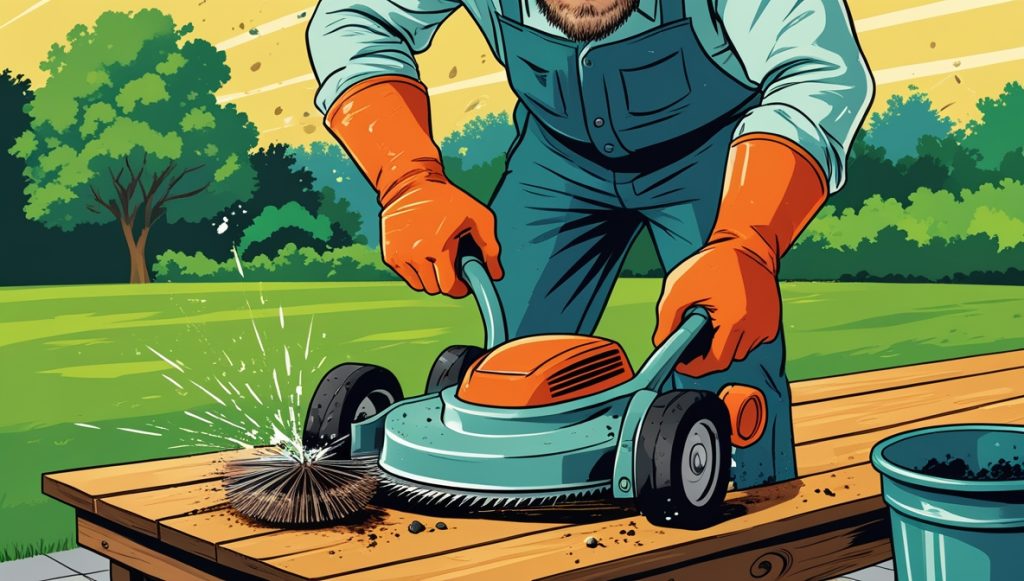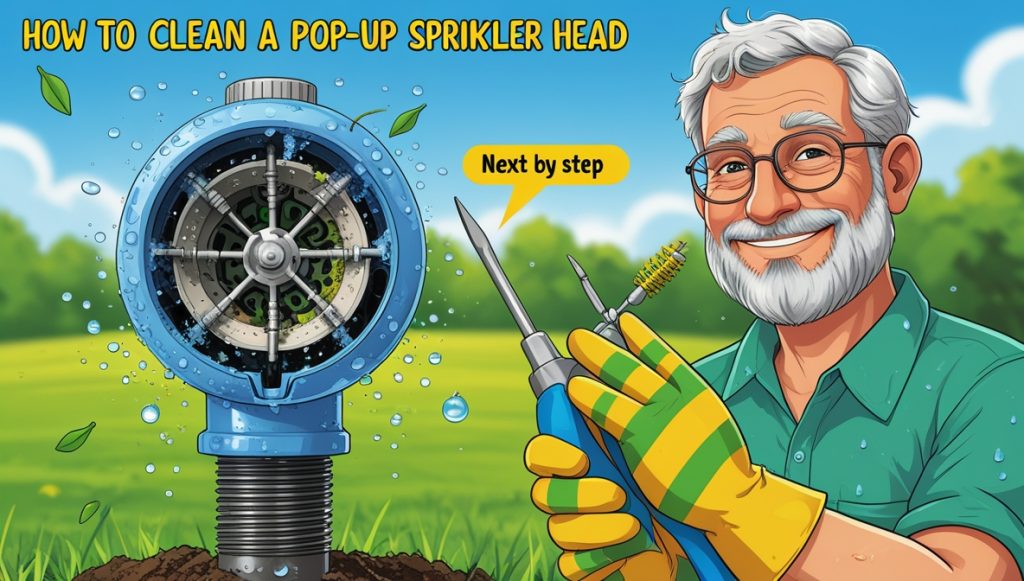So, your lawn looks more like a desert after that brutal drought? Don’t worry, you’re not alone! Many lawns suffer after prolonged dry spells, but with a little TLC, you can bring your grass back to life. This guide walks you through the process step-by-step, helping you revive your parched patch and prevent future drought damage. Let’s get started!
Contents
- Assessing the Damage: How Bad Is It?
- Watering Wisely: Don’t Overdo It!
- Aerate & Dethatch: Let it Breathe!
- Fertilizing Your Lawn: Food for Growth
- Overseeding: Filling in the Gaps
- Weed Control: Less Competition
- Patience is Key: Grass Needs Time
- Monitoring Your Progress: Is it Working?
- Maintaining Healthy Soil: The Foundation
- Preventing Future Drought Damage: Be Prepared
Assessing the Damage: How Bad Is It?
Before you start any restoration work, take a good look at your lawn. How much of the grass is brown and crispy? Are there large patches completely bare? Are there weeds taking over? A thorough assessment helps determine the severity of the damage and guides your approach. You might only need some light watering and fertilization for minor damage, while severely damaged areas might require more intensive measures like overseeding. Take photos to track your progress!
Next, consider the type of grass you have. Different grass species have different drought tolerances. Some grasses may bounce back quickly, while others may need more help. Knowing your grass type can help you tailor your approach to its specific needs. Research your specific grass type online or consult a local gardening expert if you’re unsure.
Finally, check the soil. Is it compacted? Is it dry and cracked? The condition of your soil plays a huge role in your grass’s ability to recover. Healthy soil is crucial for water retention and nutrient absorption, both essential for grass growth. Pay attention to soil texture and moisture levels to better understand the challenges you face.
Watering Wisely: Don’t Overdo It!
Don’t immediately blast your lawn with a high-pressure hose. Deep, infrequent watering is far more effective than shallow, frequent watering. Shallow watering encourages shallow root growth, making your grass even more vulnerable to future droughts. Aim for a slow, deep watering that soaks the soil to a depth of 6-8 inches. You can check this by digging a small hole.
The best time to water is early in the morning, before the sun gets too intense. This minimizes evaporation and allows the water to soak in properly. Avoid watering in the evening, as this can promote fungal diseases. Water deeply but less often, allowing the soil to dry slightly between waterings. This encourages deeper root growth.
Consider using a soaker hose or drip irrigation system for even water distribution. These methods deliver water directly to the roots, minimizing water waste and promoting efficient hydration. Avoid sprinklers, which can lead to uneven watering and water loss through evaporation.
Aerate & Dethatch: Let it Breathe!
Compacted soil and thatch (a layer of dead grass and organic matter) can prevent water and nutrients from reaching the grass roots. Aerating your lawn involves poking holes in the soil to improve air circulation, water penetration, and root growth. You can use a core aerator (rentals are widely available) or a garden fork for smaller areas.
Dethatching is the process of removing thatch. For thin layers of thatch, a rake might suffice. For thicker layers, a power rake might be necessary. This process allows for better water and nutrient penetration to the grass roots. Remember to remove the thatch from your lawn after dethatching. Don’t leave it on top of the grass.
Aerating and dethatching are best done before overseeding, allowing the seeds better contact with the soil. This combination improves soil health, promotes better water absorption, and creates an ideal environment for new grass growth.
Fertilizing Your Lawn: Food for Growth
After a drought, your lawn is likely depleted of essential nutrients. A balanced fertilizer provides the food your grass needs to recover and grow strong. Choose a fertilizer specifically formulated for lawns and follow the instructions carefully. Over-fertilizing can be harmful, so don’t overdo it.
Apply the fertilizer evenly across your lawn. For best results, water the fertilizer in gently after application. Avoid fertilizing during extreme heat or when the soil is extremely dry. This helps prevent fertilizer burn and ensures efficient nutrient absorption.
Consider a slow-release fertilizer for long-term nourishment. This type of fertilizer releases nutrients gradually over time, providing a consistent supply of nutrients for sustained growth. This approach is particularly beneficial after a drought, as it helps prevent nutrient depletion.
Overseeding: Filling in the Gaps
If you have significant bare patches, overseeding is a great way to fill them in. Overseeding involves spreading grass seed over your existing lawn to thicken it up and replace dead or damaged areas. Choose a grass seed blend appropriate for your climate and soil type.
Prepare the soil by raking away any debris and lightly loosening the soil surface. Spread the seeds evenly and gently rake them into the soil. Water gently but thoroughly after sowing the seeds. Keep the soil moist until the seeds germinate.
Overseeding is best done in the fall or spring, depending on your climate. This timing allows the seeds to establish themselves before the harsh conditions of summer or winter. Be patient; it takes time for new grass to grow.
Weed Control: Less Competition
Weeds compete with your grass for water, nutrients, and sunlight. Remove existing weeds by hand-pulling or using a selective herbicide. This reduces competition and allows your grass to recover more effectively. Focus on removing weeds before overseeding.
Prevent future weed growth by maintaining a healthy lawn. A thick, healthy lawn naturally crowds out weeds. Mulching can also help suppress weed growth. Regular mowing at the proper height also helps keep weeds at bay.
Choose weed control methods carefully. Avoid using harsh chemicals that could harm your recovering grass. Organic weed control methods are a good option, minimizing environmental impact.
Patience is Key: Grass Needs Time
Reviving a drought-damaged lawn takes time. Don’t expect to see instant results. It may take several weeks or even months for your grass to fully recover. Be patient and consistent with your watering, fertilizing, and other lawn care practices.
Regularly inspect your lawn for signs of improvement. Monitor the grass’s growth, color, and overall health. If you see any issues, adjust your approach accordingly. Don’t get discouraged if you don’t see immediate results; consistent care is key.
Remember that a healthy lawn is a resilient lawn. With proper care, your lawn will eventually bounce back. Focus on long-term health rather than quick fixes.
Monitoring Your Progress: Is it Working?
Keep a close eye on your lawn’s progress. Are the brown patches turning green? Is new grass sprouting? Are weeds still a problem? Regularly assess your lawn’s health and make adjustments as needed. Take photos every few weeks to document the changes.
If you’re not seeing improvement after several weeks, consider consulting a lawn care professional. They can diagnose any underlying problems and recommend specific solutions. Don’t hesitate to seek expert advice if you’re unsure how to proceed.
Remember that consistent monitoring is crucial. Early detection of problems allows for timely intervention, preventing further damage and promoting a faster recovery.
Maintaining Healthy Soil: The Foundation
Healthy soil is the foundation of a healthy lawn. Improve your soil’s structure and drainage by incorporating organic matter such as compost or aged manure. This improves water retention, nutrient availability, and overall soil health.
Regular soil testing can help identify nutrient deficiencies. Based on the results, you can adjust your fertilization strategy to provide the necessary nutrients. This ensures your grass receives the optimal balance of nutrients for healthy growth.
Avoid compacting the soil by minimizing foot traffic and heavy machinery use on your lawn. This preserves soil structure and improves water infiltration.
Preventing Future Drought Damage: Be Prepared
The best way to deal with drought is to prevent it from causing significant damage in the first place. Establish a deep watering schedule that encourages deep root growth. This makes your grass more resilient to drought conditions.
Consider installing a rain barrel to collect rainwater for irrigation. This is a sustainable way to conserve water and provide your lawn with a reliable water source during dry spells.
Choose drought-tolerant grass varieties. These grasses are naturally more resistant to dry conditions, requiring less water and maintenance. Research varieties suitable for your climate and soil type.
Bringing your grass back after a drought requires effort and patience, but it’s definitely achievable. By following these steps and consistently monitoring your lawn, you can help it recover and thrive. Remember, a healthy lawn is a resilient lawn, and proactive measures will help prevent future drought-related damage. Happy gardening!






